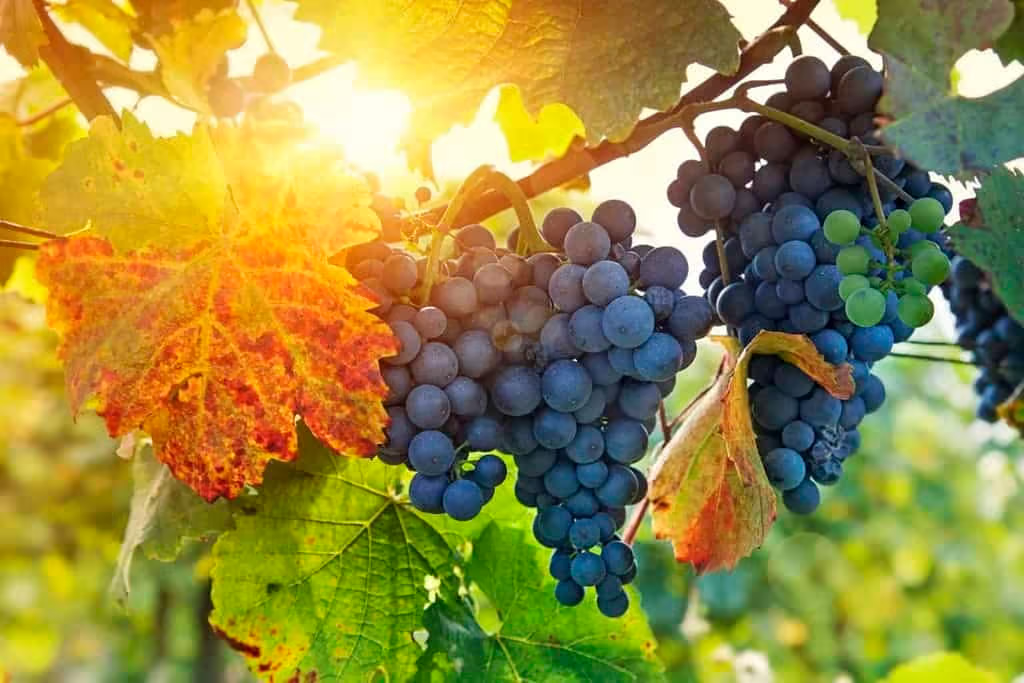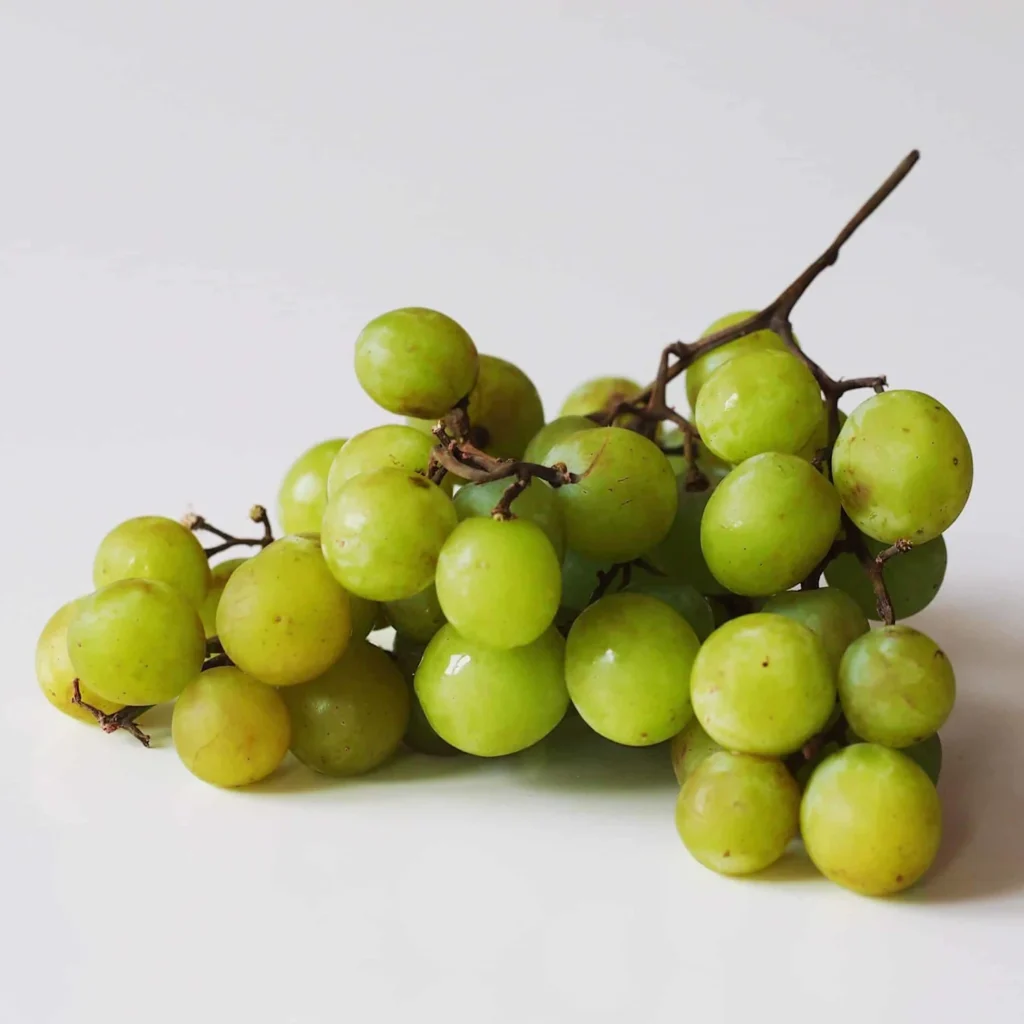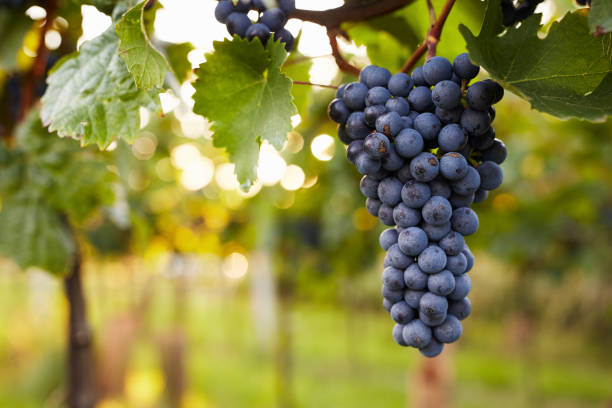Grapes have long been one of humanity’s favorite fruits — whether enjoyed fresh, dried as raisins, pressed into juice, or fermented into fine wine. They are not only a delicious and nutritious treat but also a critical agricultural commodity that supports millions of farmers and contributes significantly to global economies.
With a history that dates back over 8,000 years, grape cultivation today spans more than 140 countries, producing over 75 million metric tons of grapes annually. However, a handful of nations stand out for their enormous harvests, advanced viticulture techniques, and global market presence.
In this article, we’ll uncover the top 5 grape-producing countries in the world, explore what makes their grape industries unique, and understand how these nations shape the international grape and wine markets.
1 China — The World’s Largest Grape Producer

Annual Production: ~11.6 million metric tons
Key Growing Regions: Xinjiang, Shandong, Hebei, Ningxia
China leads the world in grape production, accounting for about 15% of global grape output. Its rapid rise to the top over the last two decades reflects China’s expanding agricultural sector, booming middle class, and increasing demand for fresh fruits and wine.
Why China Leads:
- Vast agricultural land dedicated to grapes.
- Ideal growing conditions in regions like Xinjiang, which produces famously sweet and seedless table grapes.
- Strong government investment in modernizing vineyards, storage facilities, and export infrastructure.
- A fast-growing wine industry, especially in Ningxia and Xinjiang, producing award-winning wines.
Key Uses:
- Primarily for fresh consumption.
- Significant volumes for wine and raisin production.
- Growing presence in international wine markets.
Fun Fact:
The Turpan region in Xinjiang is famous for its sun-dried raisins, considered among the finest in the world.
2 Italy — The Heart of Global Wine Culture

Annual Production: ~7.3 million metric tons
Key Growing Regions: Tuscany, Veneto, Piedmont, Sicily
Italy is synonymous with grapes and wine. While it ranks second in total production, it has long been regarded as one of the most prestigious wine-producing nations in the world. Italian vineyards are spread across the entire country, offering incredible diversity in grape varieties and wine styles.
Why Italy Excels:
- Over 500 native grape varieties, from Sangiovese to Nebbiolo.
- Ideal Mediterranean climate with sunny days and cool nights.
- A deeply ingrained wine culture with centuries of tradition.
- A balance between traditional, small-scale vineyards and modern, high-capacity wineries.
Key Uses:
- Mostly for wine production.
- Limited exports of fresh grapes and raisins.
- Italy is the largest exporter of bottled wine worldwide.
Fun Fact:
Italy produces over 4.25 billion liters of wine annually, making it the largest wine producer on Earth.
3 Spain — Europe’s Vineyard Giant

Annual Production: ~6.5 million metric tons
Key Growing Regions: La Mancha, Rioja, Catalonia, Andalusia
Spain may rank third in total grape production, but it boasts the largest vineyard area in the world — with over 950,000 hectares of land under vine. Spanish viticulture is ancient, with some vines tracing their origins to Roman and Phoenician times.
Why Spain Stands Out:
- Ideal dry, sunny climate reducing disease risk and extending growing seasons.
- A focus on high-quality wine exports, especially reds and sparkling Cava.
- Rising production of organic and biodynamic wines.
- Heavy investments in irrigation technology to combat droughts.
Key Uses:
- Mostly for wine production.
- Notable exporter of bulk wine and table grapes.
- Increasing exports to Asia, Europe, and the Americas.
Fun Fact:
Spain’s La Mancha region is the largest contiguous vineyard in the world.
4 France — The World’s Wine Benchmark

Annual Production: ~5.8 million metric tons
Key Growing Regions: Bordeaux, Burgundy, Champagne, Rhône Valley
France is globally revered as the birthplace of fine wine. While it ranks fourth in production volume, its influence on the global grape and wine industry is unmatched. French wine regions set international standards for quality, prestige, and terroir-driven winemaking.
Why France Matters:
- Renowned for world-famous appellations like Champagne, Bordeaux, and Burgundy.
- Pioneered the concept of terroir, the relationship between a grape’s character and its environment.
- Home to some of the world’s most expensive and sought-after wines.
- An advanced, diversified industry producing both luxury and everyday wines.
Key Uses:
- Primarily for wine production.
- Modest volumes of table grapes and raisins.
- France is a leading exporter of premium wine to over 150 countries.
Fun Fact:
The average French citizen consumes over 40 liters of wine per year, one of the highest rates in the world.
5 United States — California’s Grape Empire

Annual Production: ~5.2 million metric tons
Key Growing Regions: California, Washington, New York
The United States rounds out the top five, with California accounting for over 90% of U.S. grape production. The U.S. grape industry is well-known for both table grapes and a robust wine sector, especially in Napa Valley and Sonoma County.
Why the U.S. Excels:
- Advanced farming technology and large-scale mechanized vineyards.
- Favorable climate conditions in California’s Central Valley.
- One of the world’s largest consumers and producers of wine.
- Growing popularity of organic and sustainable vineyards.
Key Uses:
- Fresh table grapes (Thompson Seedless is a favorite).
- Wine grapes, particularly for Cabernet Sauvignon, Chardonnay, and Zinfandel.
- Raisin production, especially in California’s Fresno County.
Fun Fact:
California’s Napa Valley produces only 4% of the state’s grapes but accounts for over 30% of U.S. wine sales by value.
Global Grape Production Trends & Challenges
Rising Global Demand
Increased health awareness, Mediterranean diets, and the global wine boom have pushed up demand for fresh grapes, wines, and raisins.
Climate Change & Water Scarcity
Unpredictable weather patterns, prolonged droughts, and extreme heat waves are threatening vineyards, particularly in Southern Europe and California.
Technological Innovation
Precision agriculture, drip irrigation, drone vineyard monitoring, and disease-resistant grape varieties are being adopted worldwide to ensure sustainable production.
China’s Wine Revolution
China’s rapidly growing wine industry, led by regions like Ningxia and Xinjiang, is changing global wine markets and challenging traditional producers.
Conclusion
So — who are the top grape-producing countries in the world?
China, Italy, Spain, France, and the United States lead the way, combining rich traditions, ideal climates, cutting-edge technology, and rapidly growing markets. While China reigns supreme in total volume, Italy, France, and Spain maintain their dominance in global wine culture and exports.
Whether you’re savoring fresh grapes from California, sipping a glass of Chianti from Italy, or enjoying a crisp Chinese table grape, these five nations are behind much of the world’s grape harvest and continue to shape the future of global viticulture.





